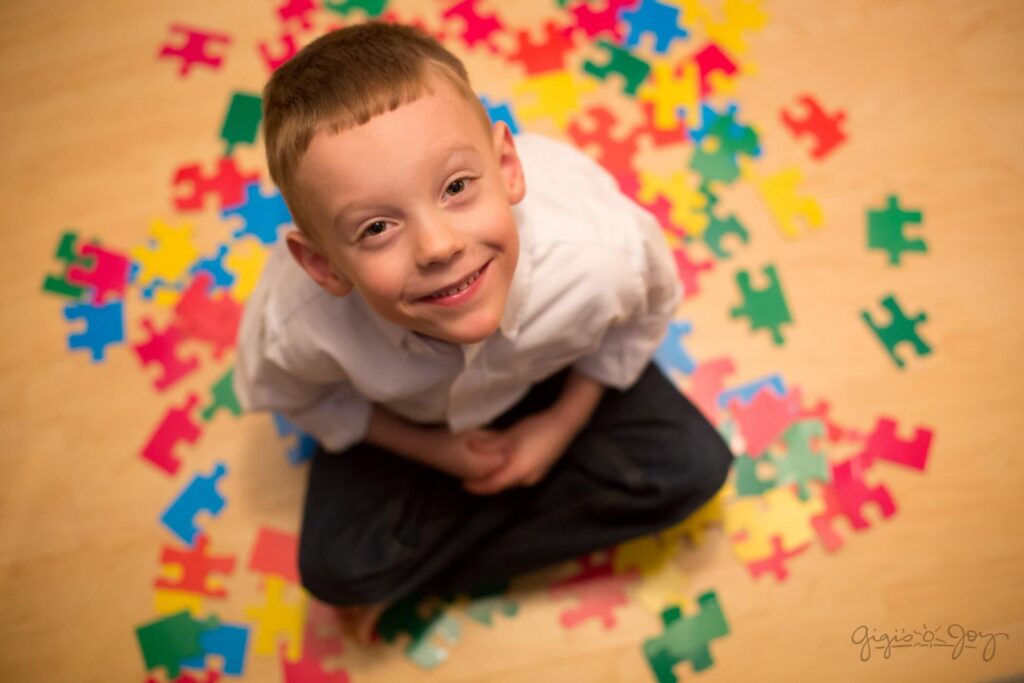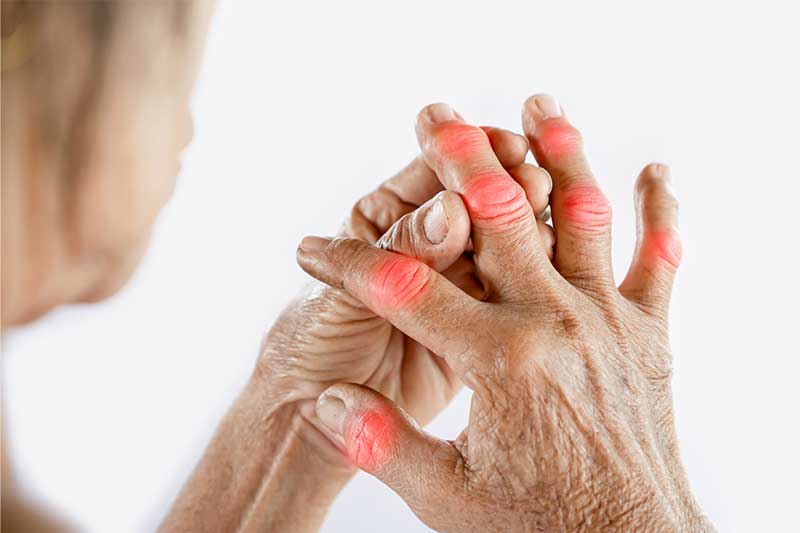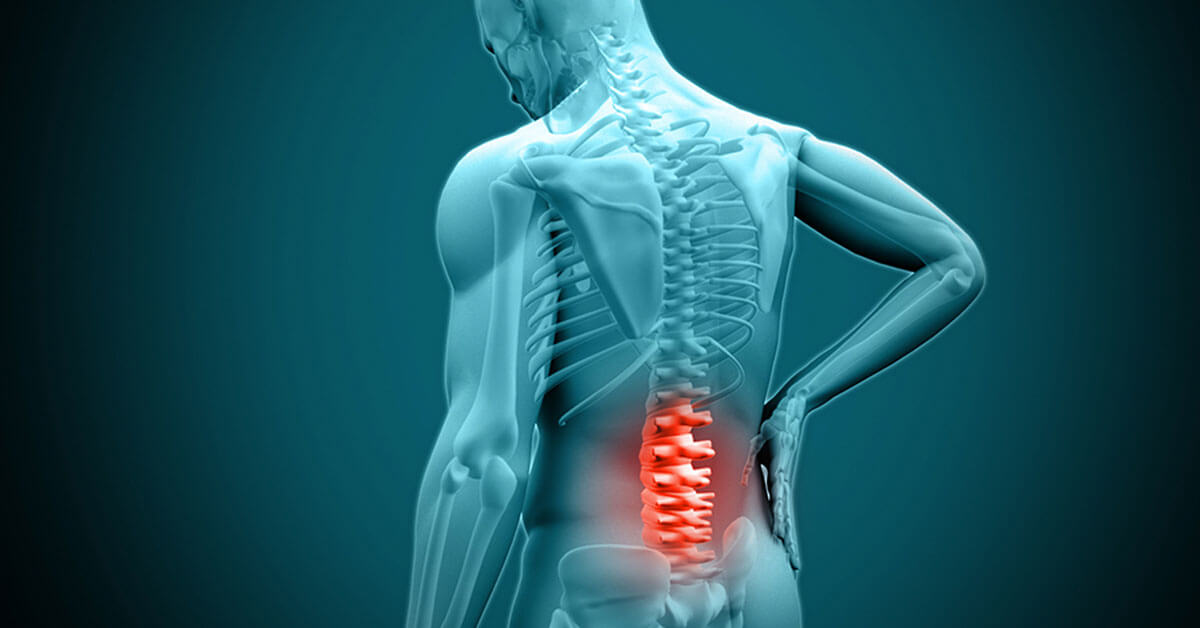World Autism Awareness Day is an internationally recognized day on April 2 every year, encouraging Member States of the United Nations to take measures to raise awareness about people with Autism Spectrum Disorder throughout the world. It was designated by the United Nations General Assembly resolution.
What is Autism?
Autism, or autism spectrum disorder (ASD), refers to a broad range of conditions characterized by challenges with social skills, repetitive behaviors, speech, and nonverbal communication.
Types of Autism
There are mainly three types of autism spectrum disorders:
Autistic Disorder
This is sometimes called “classic” autism. People with autistic disorder usually have significant language delays, social and communication challenges, and unusual behaviors and interests.
Asperger Syndrome
People with Asperger syndrome usually have milder symptoms of autistic disorder. They might have social challenges and unusual behaviors and interests.
Pervasive Developmental Disorder
This is sometimes called “atypical autism,” or PDD-NOS. People who meet some of the criteria for autistic disorder or Asperger syndrome, but not all, may be diagnosed with atypical autism. These people usually have fewer and milder symptoms than those with autistic disorder.

What Are the Causes of Autism?
Experts don’t fully understand all of the causes of autism spectrum disorder. It seems to be genental age and prescriptiontic, but things such as pare medications taken during pregnancy may be involved.
For instance:
- A person is more likely to be on the spectrum if a brother, sister, or parent is. But it doesn’t always run in families.
- About 10% of kids with ASD have a form of genetic disorder such as Down syndrome and fragile X syndrome.
- A large Danish study found a link between ASD and advanced parental age of either parent.
- Women prescribed opioids just before pregnancy are likelier to have a child with ASD.
Some children who are on the spectrum start showing signs as young as a few months old. Others seem to have normal development for the first few months or years of their lives and then they start showing symptoms.
But up to half of parents of children with ASD noticed issues by the time their child reached 12 months, and between 80% and 90% noticed problems by 2 years. Children with ASD will have symptoms throughout their lives, but it’s possible for them to get better as they get older.
The autism spectrum is very wide. Some people might have very noticeable issues, others might not. The common thread is differences in social skills, communication, and behavior compared with people who aren’t on the spectrum.

Symptoms of Autism
Some of the common symptoms of Autism include avoiding eye contact, delayed speech and communication skills, reliance on rules and routines, being upset by relatively minor changes, unexpected reactions to sounds, tastes, sights, touch, and smells, and difficulty understanding others’ emotions.




